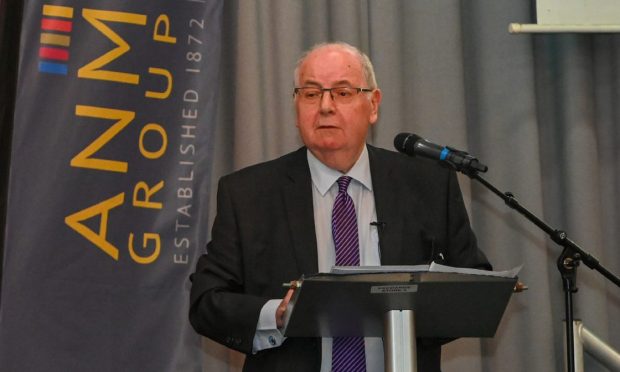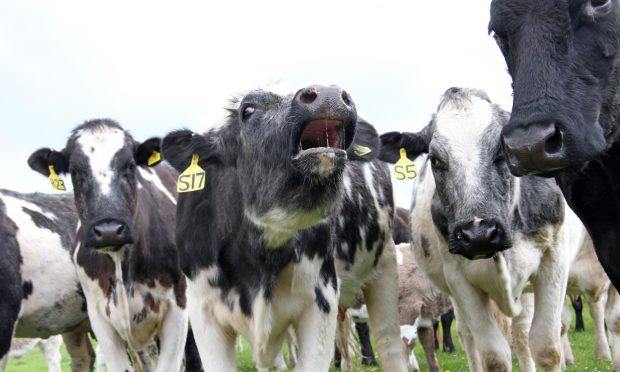Experienced investors are always at pains to point out they don’t have a crystal ball. And maybe that’s a good thing.
Why? Let’s think back 25 years ago to mid-1997 when the UK economy was looking relatively healthy.
-
Some Press and Journal online content is funded by outside parties. The revenue from this helps to sustain our independent news gathering. You will always know if you are reading paid-for material as it will be clearly labelled as “Partnership” on the site and on social media channels.
This can take two different forms.
“Presented by”
This means the content has been paid for and produced by the named advertiser.
“In partnership with”
This means the content has been paid for and approved by the named advertiser but written and edited by our own commercial content team.
Martyn Patterson, Chartered Financial Planner of AAB Wealth, explains that despite the uncertainties of the market, it’s still in your best interests to invest wisely and see your savings grow.
Imagine you’re an investor back then and you get a glimpse of what’s to come. In just a few months time, economic problems in Asia would spark fear of worldwide economic collapse. And this would pale in comparison to the Global Financial Crisis (GFC) a decade later.
Other events will leave the market reeling – the dotcom bubble bursting, the September 11 terrorist attacks, a decade of ‘stagnation’ in Europe followed by Brexit, the Covid pandemic and, most recently, Russia’s invasion of Ukraine. Knowing all of that, would you invest?
For every negative, there’s a positive
Back in the present day, and we know how things have panned out.
Even with all that uncertainty, markets have continued to climb to new highs. Those who invested wisely and are willing to go the distance are likely to have seen their savings grow.
Take a look at a financial index like the MSCI All Countries World Index (ACWI) where large European companies such as Nestle rub shoulders with US corporations such as Apple and emerging market giants like Taiwan Semiconductor. According to a research tool from investment app Curvo, investing the MSCI ACWI would have seen your investment grow more than four times between July 1997 and July 2022.
Similarly, the FTSE All Share, made up of large and medium-sized UK-listed companies, has also had notable dips in performance around large global events such as the GFC and Covid-19. But it too has continued to rise – it has doubled since the early 2000s.
And, looking back at the annual returns for the world’s oldest stock index, the Dow Jones, since the turn of the last century, returns have only been in the red for about a third of the time.
For every negative ‘surprise’ experienced by the market, there are usually positives to follow that spur it on to greater heights.
Keep looking long term
If anything, it’s a reminder that even though we’re in a period of what seems like extreme uncertainty, many of these events are only damaging in the short term. They’re not a reason to lose focus on our investments.
The keys to investing are diversifying across markets and sectors, with a balance between companies in developed and emerging economies, and considering important external environmental, social and governance factors.
We can’t tell precisely what will happen next, but our job as financial advisers isn’t about trying to predict the future. What we do know from previous experience is that markets don’t stay down forever. Even with the myriad of risks currently on the horizon, we can be confident that a recovery will happen.
Visit AAB Wealth and take advantage of a full range of financial advice from pension planning to savings and investments.











